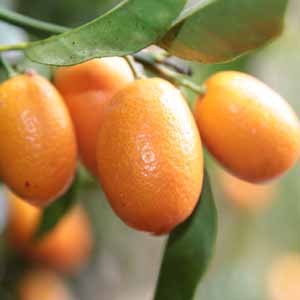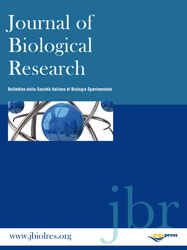Chemical composition, antidiabetic, anti-inflammatory, antioxidant and toxicity activities, of the essential oil of Fortunella margarita peels

All claims expressed in this article are solely those of the authors and do not necessarily represent those of their affiliated organizations, or those of the publisher, the editors and the reviewers. Any product that may be evaluated in this article or claim that may be made by its manufacturer is not guaranteed or endorsed by the publisher.
Accepted: 22 September 2022
Authors
The purpose of this study was to identify the principal components of the essential oil extracted from Fortunella margarita peels via hydrodistillation and to evaluate in vitro its anti-diabetic, anti-inflammatory, antioxidant, and toxicity properties. Among the detected compounds were limonene, D-germacrene, β- myrcene, and α-pinene. Method of inhibiting the denaturation of Bovine Serum Albumin (BSA) was utilized to assess the antiinflammatory properties of Fortunella margarita. At a concentration of 400 g/mL, a high anti-inflammatory effect was observed. The percentage of BSA protection against heat increased with increasing concentration. Also, the evaluation of antidiabetic activity by glucose uptake by yeast cells revealed that Fortunella margarita was more effective than the standard drug novoformine in the presence of 5 mM glucose. The antioxidant potential of the essential oil was evaluated using the DPPH free radical scavenging, reducing power and β-carotene/linoleic acid tests, where the essential oil had much lower antioxidant activity. A bioassay on the lethality of brine shrimp was conducted to determine the toxicity of the essential oil. The study reveals that the essential oil is a possible source of important bioactive compounds and that its constituents may exhibit synergistic effects. Our findings suggest that the essential oil from Fortunella margarita could be used in the future as a substitute for synthetic anti-diabetic, anti-inflammatory, and antioxidant agents with potential applications in the food and pharmaceutical industries.
How to Cite

This work is licensed under a Creative Commons Attribution-NonCommercial 4.0 International License.






